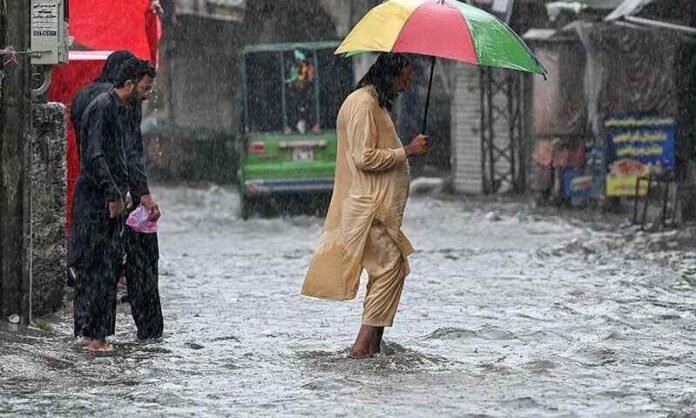Contents
Lahore – Authorities in Punjab are bracing for what could be the most challenging spell of this year’s monsoon season, as India is expected to release water into the Sutlej River within the next three days. The Provincial Disaster Management Authority (PDMA) has issued a high-alert warning for potential flooding across several river systems, including the Sutlej, Ravi, Chenab, and Jhelum, along with their tributaries.
The warning coincides with the arrival of the season’s seventh wave of monsoon rains, starting Wednesday. Officials say the additional water from Indian dams—already seeing sharp rises in storage levels—could combine with heavy local rainfall to overwhelm flood defenses.
Low-Level Flood Anticipated in Sutlej
The PDMA has flagged a possible low-level flood at Ganda Singh Wala, where the Sutlej’s flow may spike due to water releases from upstream reservoirs. Bhakra Dam on the Sutlej is currently 61% full, Pong Dam stands at 76%, and Thein Dam at 64%.
Local administrations in Lahore, Multan, Bahawalpur, Dera Ghazi Khan, and several other districts—particularly in the flood-prone belt of southern Punjab—have been told to prepare for potential emergencies.
Rainfall Already Picking Up
Scattered showers have already hit parts of the province, with Gujranwala’s Sheranwala Bagh recording 42mm in 24 hours, Rawalpindi 19mm, and Chakwal 16mm. The PDMA warns that fresh downpours could cause urban flooding in major cities and trigger dangerous hill torrents in southern districts.
Punjab’s major reservoirs are also filling fast: Tarbela Dam is at 96% capacity, while Mangla Dam has reached 64%, further limiting their ability to absorb incoming flows.
Emergency Measures in Place
PDMA Director General Irfan Ali Kathia has instructed all relevant departments—including irrigation, health, agriculture, livestock, and transport—to maintain round-the-clock vigilance. Rescue 1122 teams have been placed on high alert, and control rooms are operating continuously to monitor water levels.
Citizens are being urged to avoid rivers, canals, and low-lying water bodies, and to follow evacuation instructions if issued. Authorities stress that early cooperation from the public will be key to preventing loss of life should conditions worsen.


